5 Ultracontemporary Artists Redefining the Korean Art Landscape
The dynamic South Korean art scene is quickly becoming one of the most prominent globally, blending rich traditions with cutting-edge innovation. And...
Carlotta Mazzoli 13 January 2025
We spoke to artist Jock McFadyen as he prepares to celebrate his 70th birthday, and awaits the opening of, not one, but four major exhibitions of his work.
Dovecot Studios in Edinburgh is open from 11 June to 25 September 2021. Lost Boat Party is an exhibition of paintings which describe the romance and grandeur of the Scottish landscape. At the same time, visitors can also see The Mallaig Commission, a stunning collaboration involving the painting Mallaig 2, from 2018, transformed into a wool tapestry by the weavers and tufters at Dovecot Studio. McFadyen was fascinated by the transition from liquid paint to textured wool – he says he was charmed and flattered when Dovecot Studios suggested the collaboration.
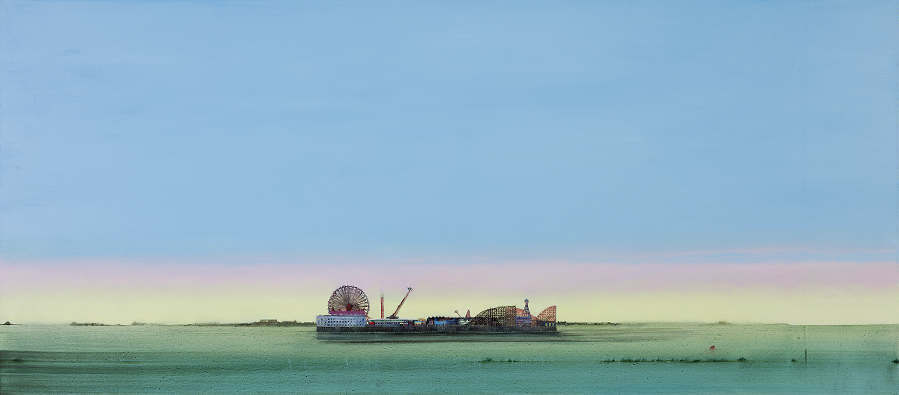
The Royal Academy in London will be exploring McFadyen’s fascination with the changing urban landscape, focusing on images of East London, where he has lived and worked for 40 years. Tourist Without A Guidebook was due to open in 2021 but has been rescheduled for 5 February to 10 April 2022.
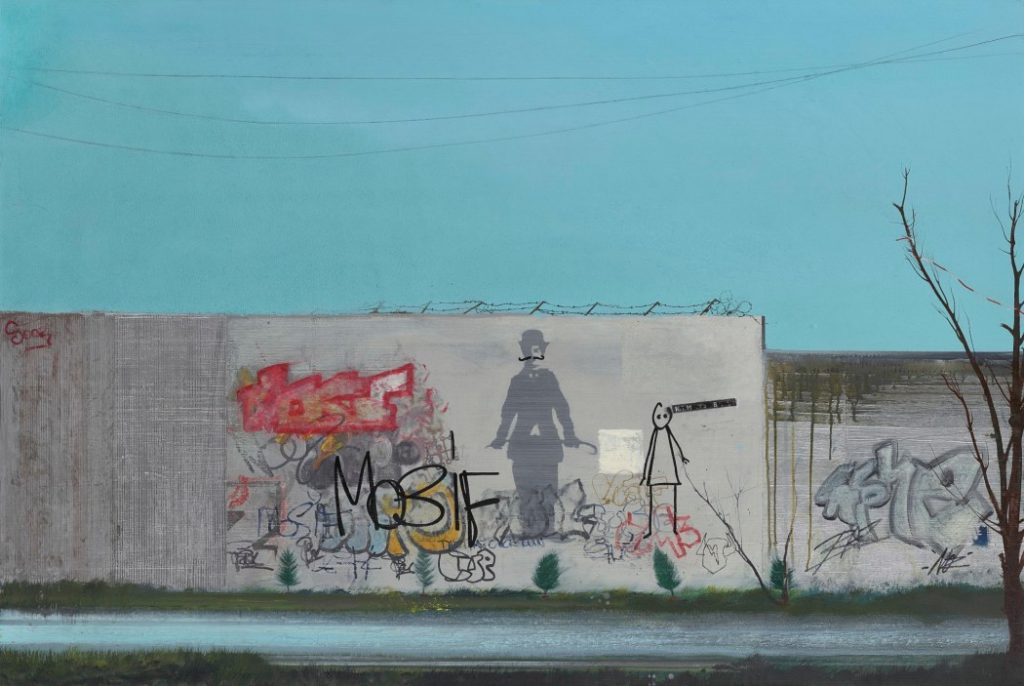
Museums and Galleries Edinburgh is staging Jock McFadyen Goes To The Pictures. This major exhibition will display new and existing paintings by Jock McFadyen, paired alongside works he has chosen from the City Art Centre’s collection of historic and contemporary Scottish art. This was due to run from November 2020 to April 2021, but we are awaiting a new date.
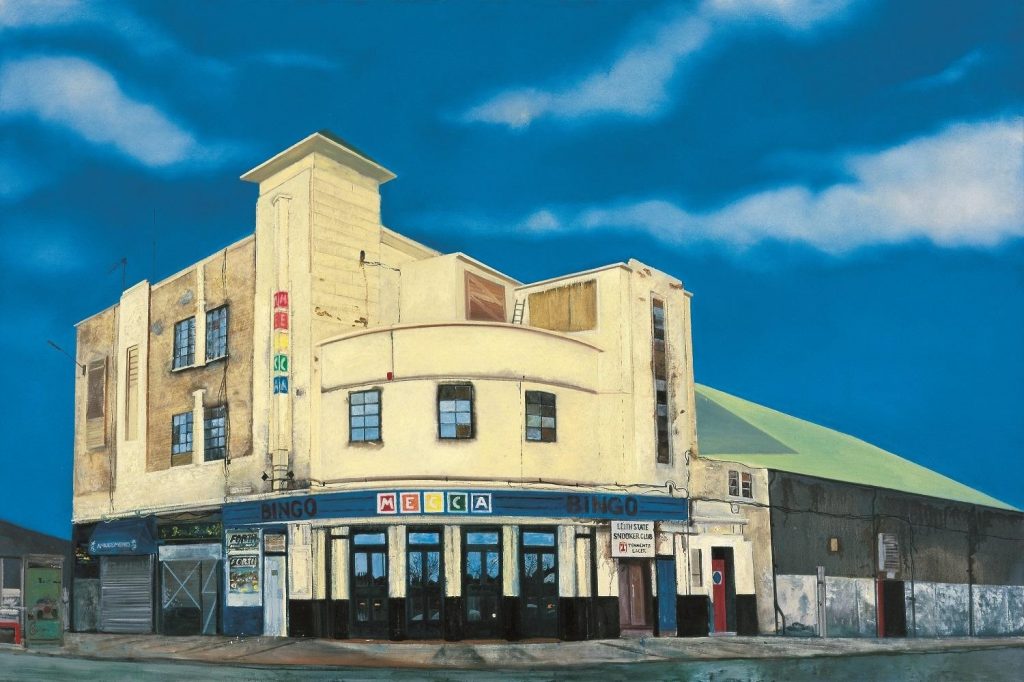
And finally, Jock McFadyen Goes to The Lowry: A Retrospective, will take place at The Lowry in Salford sometime in 2022.
Let’s set the scene with a brief biography. Jock McFadyen lives and works in London, Edinburgh and northern France. He was born in Paisley, Scotland in 1950 and moved to England aged 15 in 1966. He attended Saturday morning art classes at the Glasgow School of Art, then attended art school in Newcastle-Under-Lyme, later joining the Chelsea School of Art in London, where he earned a BA and an MA.
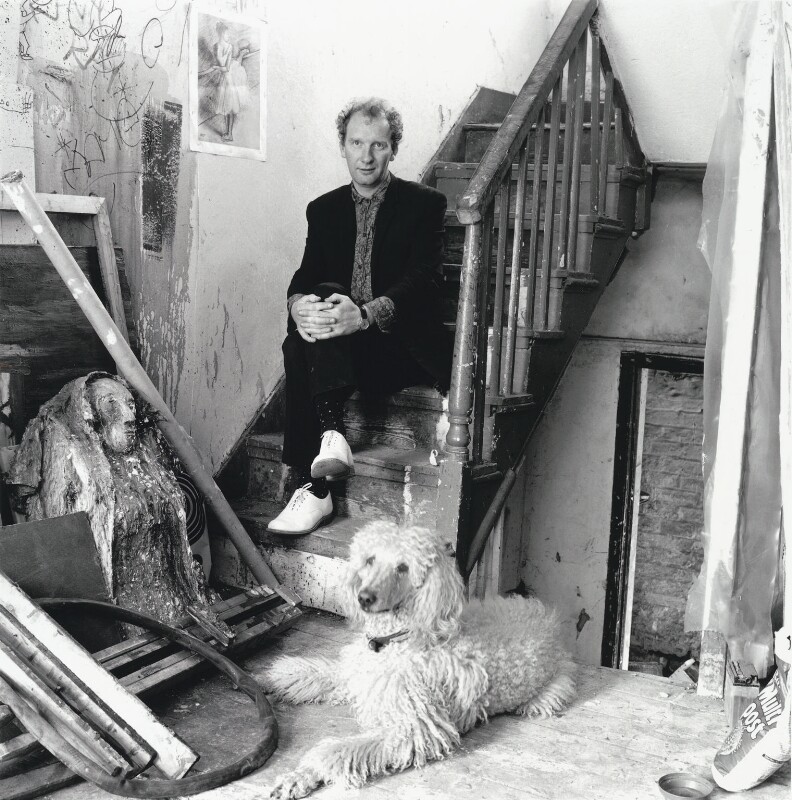
His first solo show was held at the Acme Gallery in London in 1978 and he has had over 60 solo exhibitions since. Today, McFadyen’s work is held in 40 public museum collections including the Tate Gallery, National Gallery, V&A, British Museum and Scottish Museum of Modern Art as well as many international corporate and private collections.
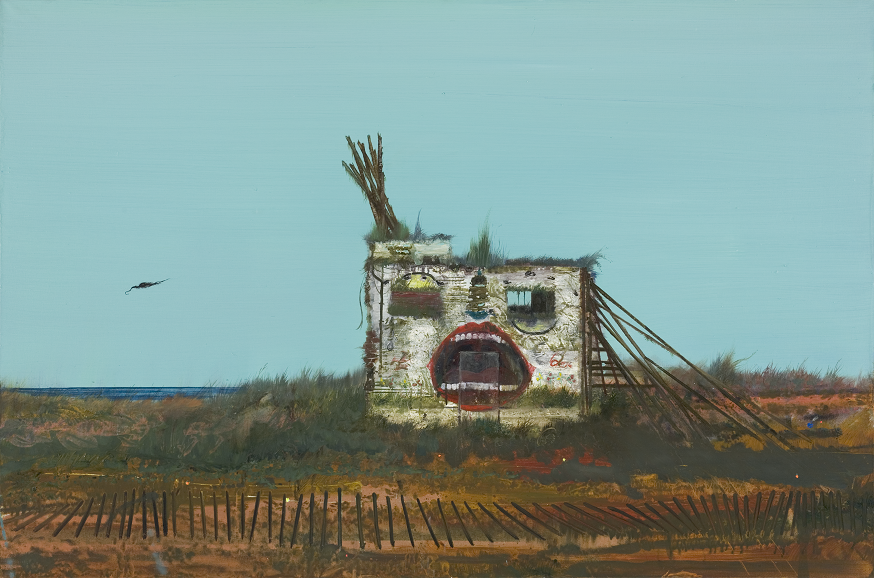
The Mallaig Commission tapestry should come as no surprise as, alongside his huge canvas works, McFadyen also collaborates with artists from across the spectrum of artistic mediums. In 1981, McFadyen was appointed Artist in Residence at The National Gallery London and, in 1991, he designed sets and costumes for Sir Kenneth MacMillan’s last ballet, The Judas Tree, at The Royal Opera House Covent Garden. McFadyen was elected to The Royal Academy in 2012 and, in 2019, he was chief curator of that year’s Summer Exhibition.
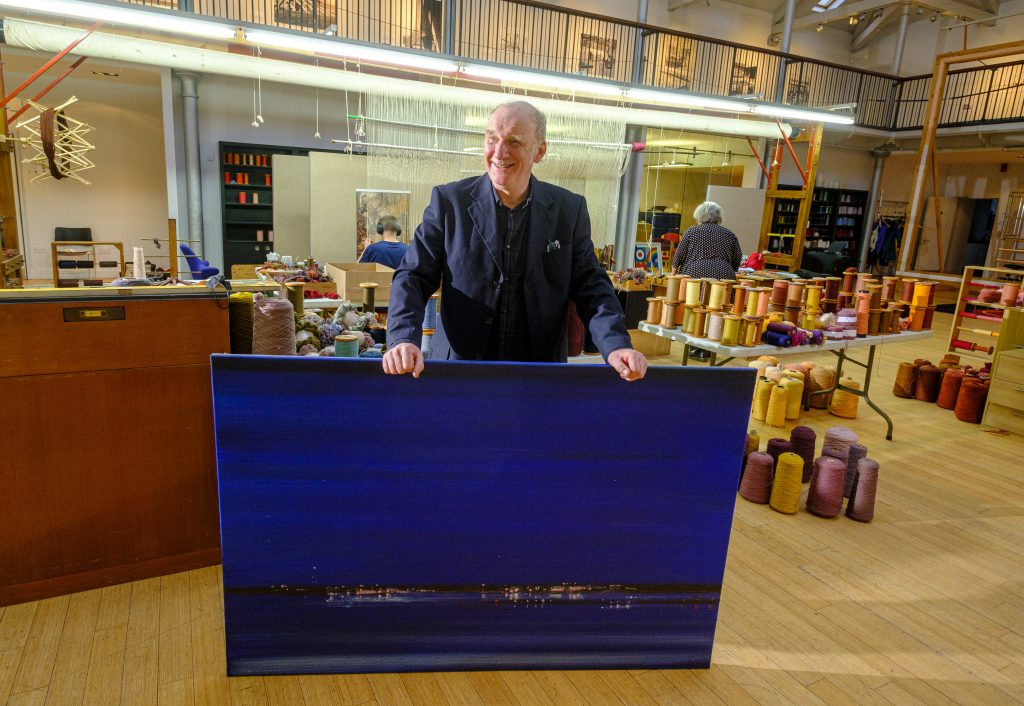
McFadyen is said to prefer the company of writers and filmmakers and has worked with authors Will Self, Iain Sinclair, Howard Jacobson, and is also a friend of the poet Hugo Williams. McFadyen is married to Susie Honeyman, a Scottish violin player best known for her work with the punk band The Mekons. They have two children. Together they founded The Grey Gallery, working with artists, musicians, and writers on a project by project basis. The Grey Gallery has exhibited sculptor Richard Wilson, as well as Bob and Roberta Smith.
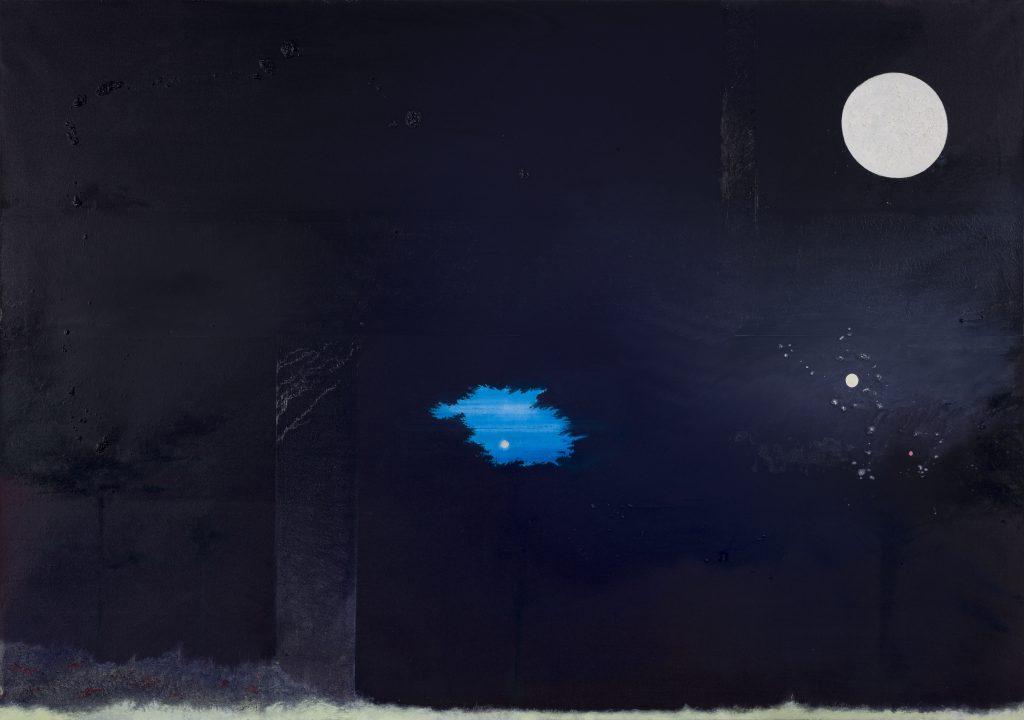
Pandemic lockdowns haven’t really changed his life – he says he has self-isolated for 45 years, working alone on his canvases. Though ordering paint online has sometimes proved problematic, and postponed exhibitions are very disappointing. He doesn’t watch TV (unless it’s to be exasperated at the BBC politics show Question Time or to watch his beloved motorbike racing), though he listens to BBC Radio 4 a lot. He is concerned that the arts may not recover from the horrors of lockdown, in addition to the Brexit calamities.
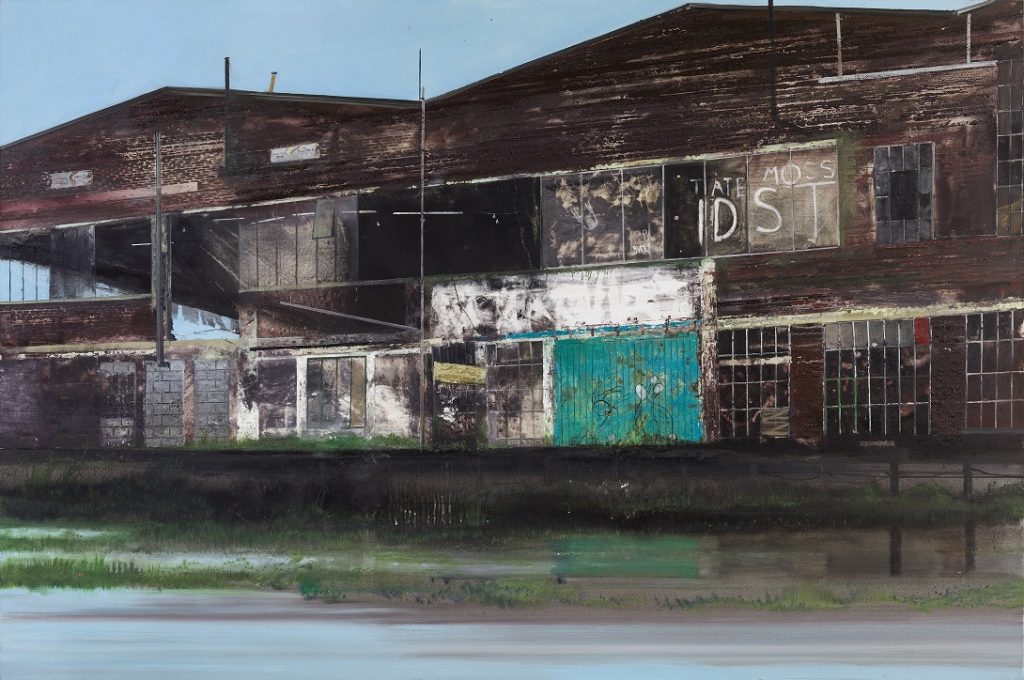
There are times in Jock McFadyen’s life which read like a movie. He almost died aged just 17 in a motorbike crash. At the time he was studying at art school in Newcastle-under-Lyme and, by the time he came out of the hospital, the character of the art school had shifted from art to design, which McFadyen hated. In a 2019 Guardian interview with Rowan Moore, he explained how he fought with his teachers, making and burning an effigy of the principal, which caused his expulsion from the school. He married young, had a son, and took jobs as a hospital porter, a warehouseman, and a dustman.
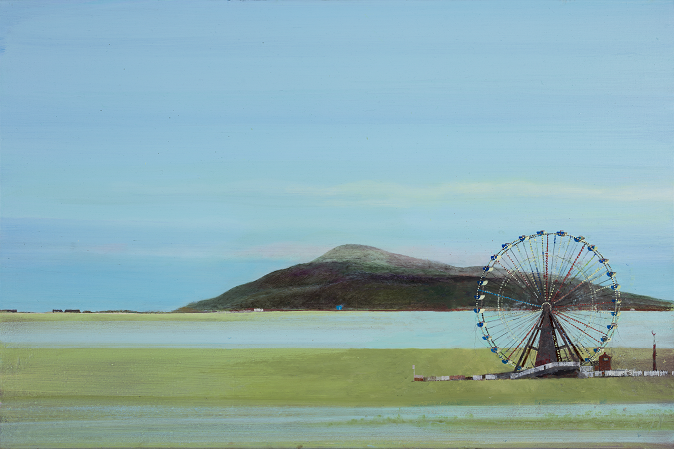
Chelsea School of Art was another turning point in his life. Suddenly, it was all glamour and artistic debate. Fellow students included Anish Kapoor and Helen Chadwick. On the streets in Chelsea, where he lived in a squat, McFadyen rubbed shoulders with celebrities and rock stars.
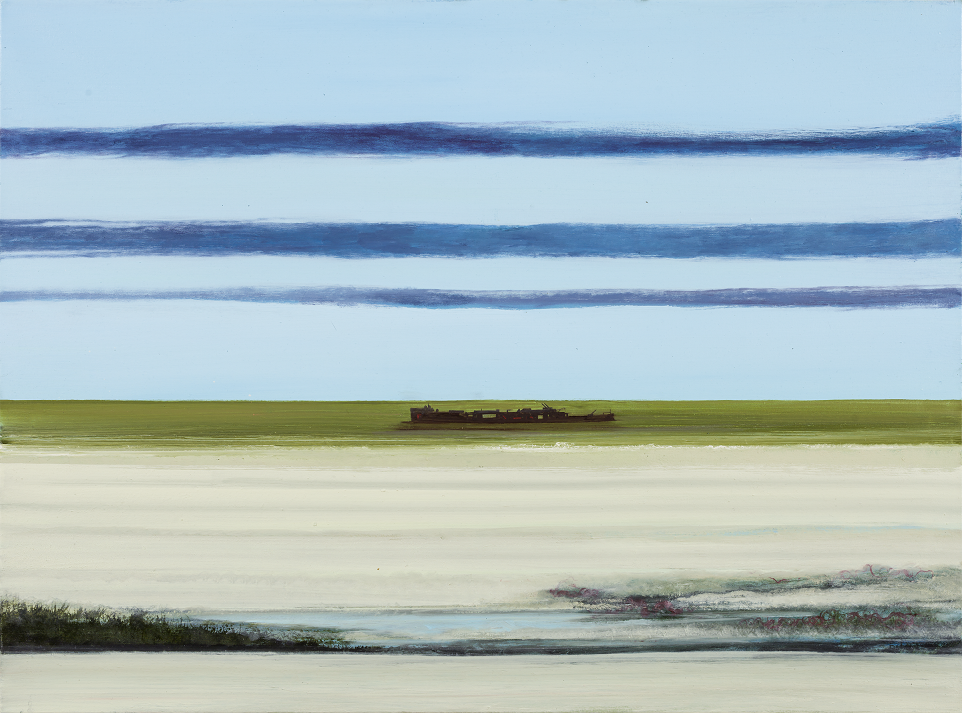
The previous generation had been known as the Pop Artists, and after them came the YBAs (Young British Artists). Is he part of a tradition? No, he says, and is emphatic that there was a freedom in not being part of an art movement. He is skeptical of movements and traditions anyway – what comes into fashion can easily go out of fashion. Whilst there is always a zeitgeist to a particular period in time, he feels that art movements are mostly a journalistic fiction, a way to categorize and pigeon-hole.
In the 1970s and 1980s, he painted as a social-realist – vivid distorted portraits of people, especially marginalised members of society. This early work has wit, irony.
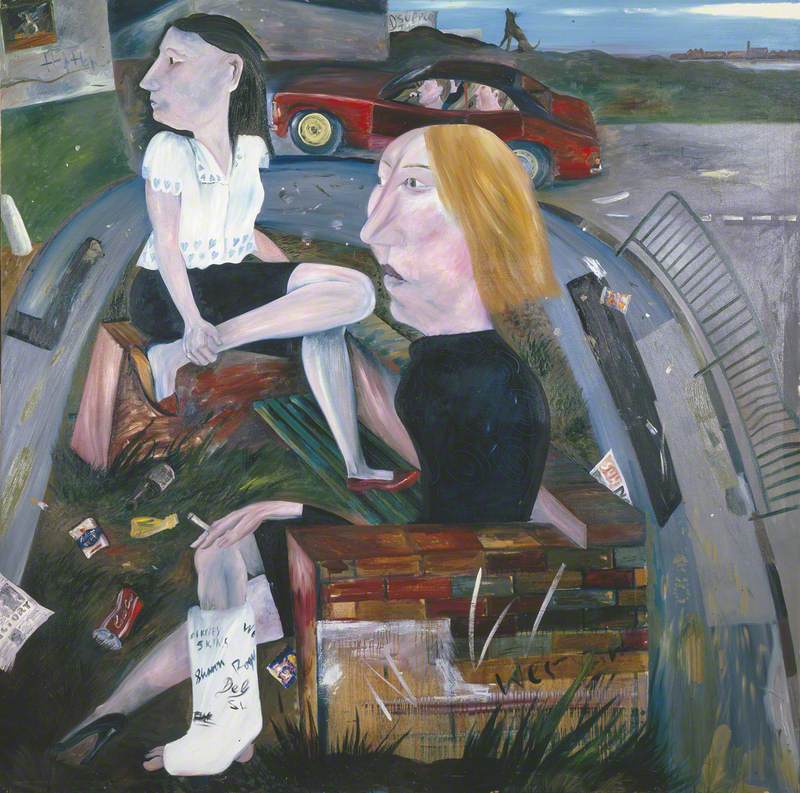
I have a dog-eared old postcard from Manchester City Art Galleries of Waiting For The Cortina Boys, which is both real and surreal. I see the landscape I grew up in – scrubby grass, litter, and a scabby stray dog. The stiletto-wearing, bored girls fill the image. One hugs her shin, the other wears a leg cast and smokes. McFadyen says that he painted what he saw on the streets outside his home. He wondered if he was always a landscape painter who happened to live in the inner-city.
In 1989, McFadyen was commissioned by the Imperial War Museums to record aspects of Berlin after the fall of the Berlin Wall. These artworks provide an unparalleled perspective on the city in a moment of redefinition.
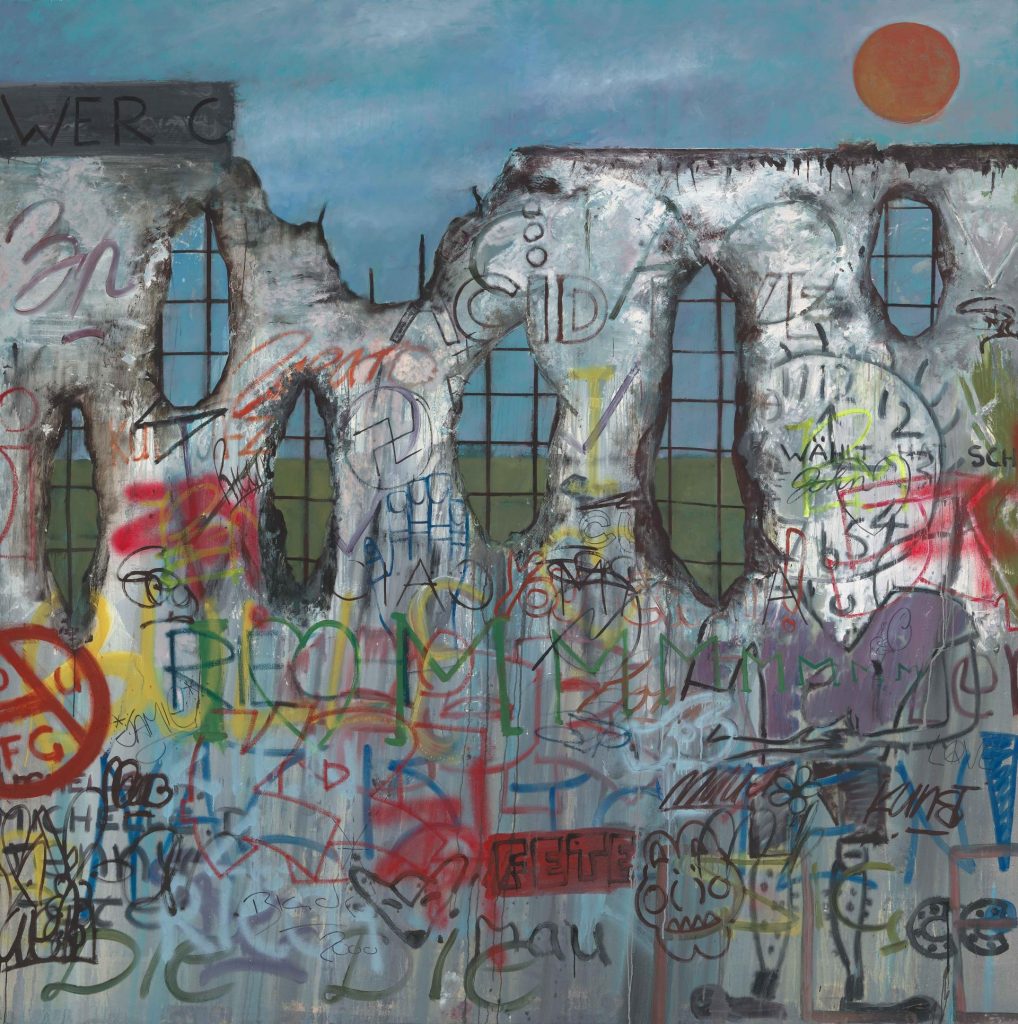
McFadyens’ work has always been considered raw and gritty. Christina Jansen, Director of The Scottish Gallery, sums it up perfectly when she says:
“McFadyen paints the exterior world with a cool detachment that carries an emotional punch.”
Christina Jansen, 2021. Dovecot Studios.
His Tube paintings (on the London Underground) of the late 1990s, signalled the start of a move away from figurative work, while the geometrics of the scene turn it almost into an abstract vision.
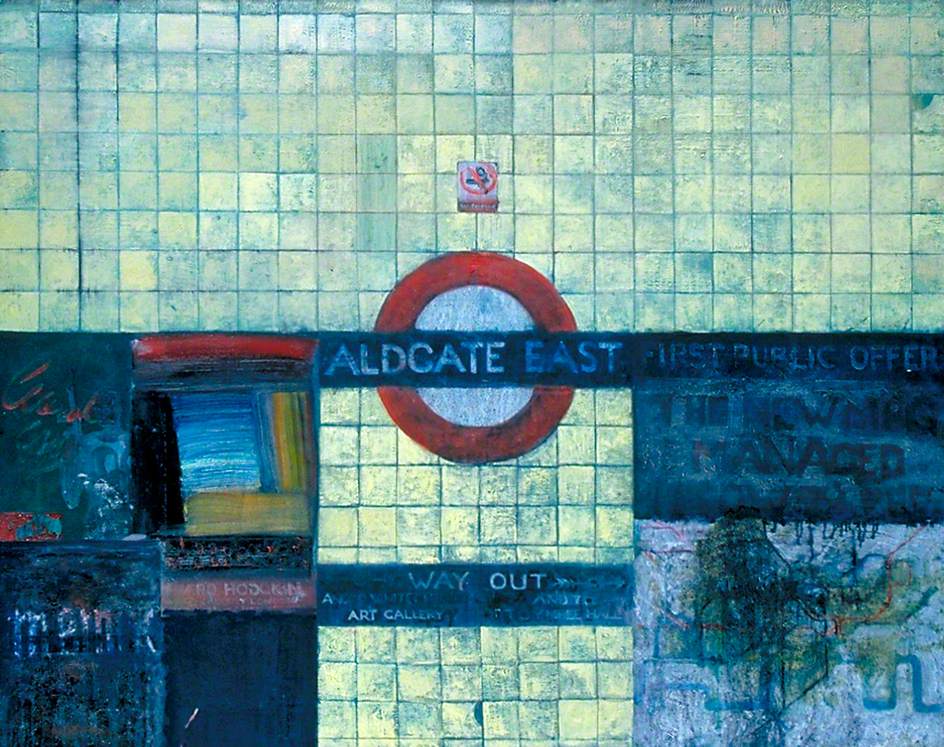
The people began to get smaller or disappear, and he became known for his immaculately rendered paintings of man-made landscapes and abandoned buildings. More recently, we see huge expanses of sky, sea, and land. But always evocative. He is part of the landscape tradition for sure – he studied William Turner for structure, configurations and formal arrangements. But from there he takes his own way – painterly collisions, accidents and experiments abound. His favorite artists range greatly – from Hans Holbein to Vincent Van Gogh, from L. S. Lowry to Andy Warhol.
In an interview earlier this year with Ruth Millington, McFadyen spoke about how the figures disappeared from his work. When he designed the set for a ballet at Royal Opera House, the urban landscape set included three cars and buildings covered in graffiti and scaffolding. Choreographer Kenneth MacMillan wanted a set reminiscent of the McFadyen painting Costa del Dogs. But of course there were no figures on the set – it would be populated during performances by real people – the dancers.
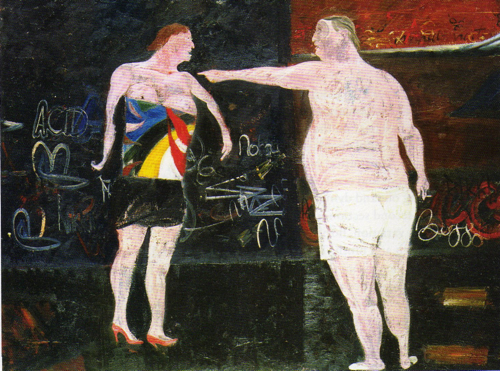
Afterward, back in the studio, McFadyen continued painting without figures. He told Ruth Millington:
“Painting the figure is emotionally and psychologically different to painting the landscape. With figuration of all kinds, the figure leapfrogs over those considerations to grab attention for itself.”
Jock McFadyen in a talk with Ruth Millington, 2020.
By concentrating solely on the landscape McFadyen forces the viewer to look deeply into the painting – the paint, the textures, the colours. The place, and the paint itself is the personality. As he says: the paint is the thing.
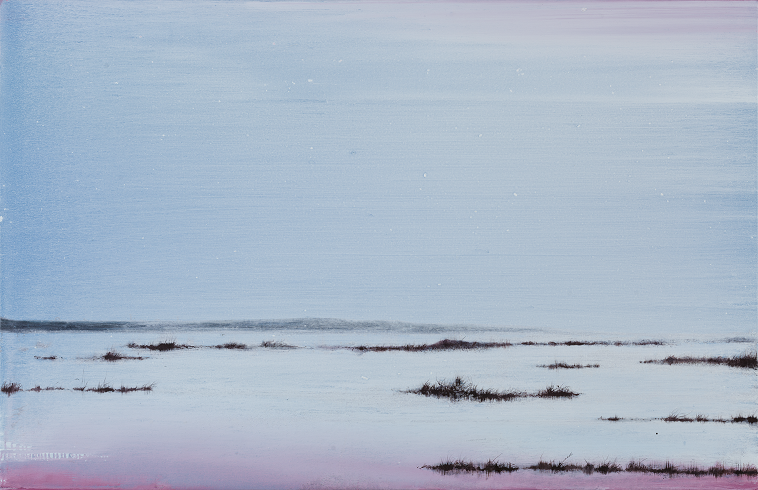
As he enters his later years, McFadyen finds his art as exciting and vital as ever. He feels that he has loosened up as an artist. His obsessions and preoccupations are the same, but he wonders if our younger selves always seem hung up on the what the world thinks. Now he says he doesn’t care what anybody thinks. He says you have to accept what kind of artist you have turned out to be and just chug along in your own lonely track. Asked about the soundtrack to his latest works, he says he’d choose music from the classic road movies, with a bit of country and western thrown into the mix. He loves German and American films from the 1970s and 1980s.
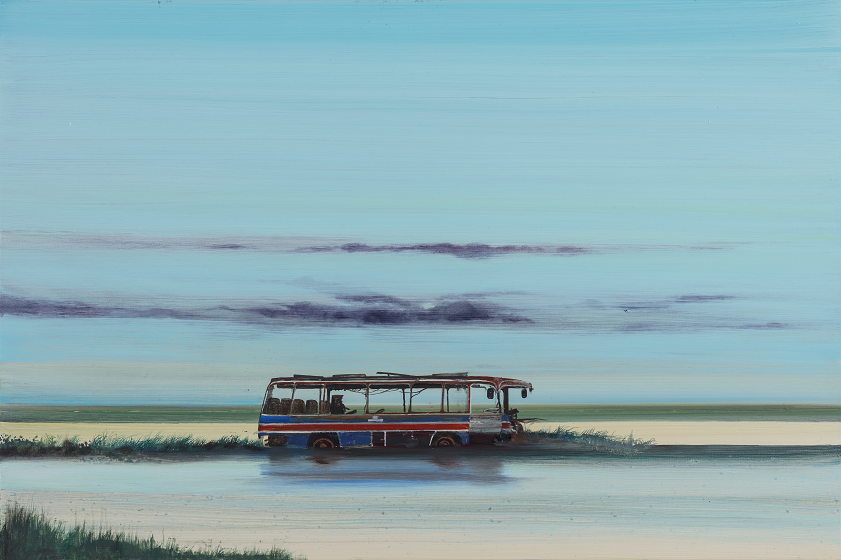
This unique artist takes us into the liminal spaces, where light and texture are everything. These monumental spaces are melancholic, but without sadness or sentimentality. They are the spaces between events, where the old world is slowly disappearing, though we don’t know what might happen next. McFadyen shows us marginal places, the things we often walk past without a second glance, but, which once seen properly, haunt us forever.
DailyArt Magazine needs your support. Every contribution, however big or small, is very valuable for our future. Thanks to it, we will be able to sustain and grow the Magazine. Thank you for your help!